
|
| Email Home Page |

|
| Email Home Page |
|
|
|
From my experience, it appears that few people know that there are better image editing and drawing programs than Microsoft's Paint. MS Paint is the weakest of any of the programs of its type, as far as I know. Many people use it to draw diagrams that they send me and the diagrams are so bad that they're essentially useless. The biggest problem is that Paint is nothing more than a bitmap editor. When you draw a line, it changes the color of the pixels on that line to the color that you selected. If you draw a second line of a different color directly on top of the first line, it will change the same pixels to the new color. At that point, you have a single line of the second color you chose instead of two independent lines.
Paint.NET:
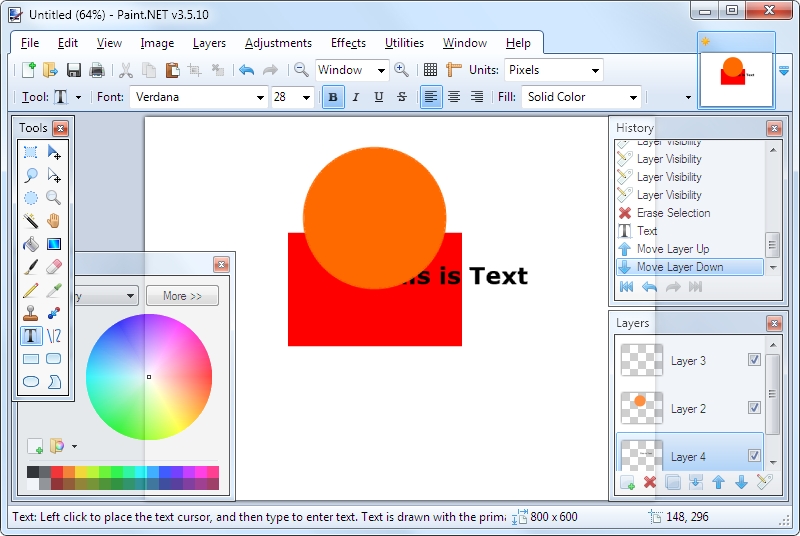
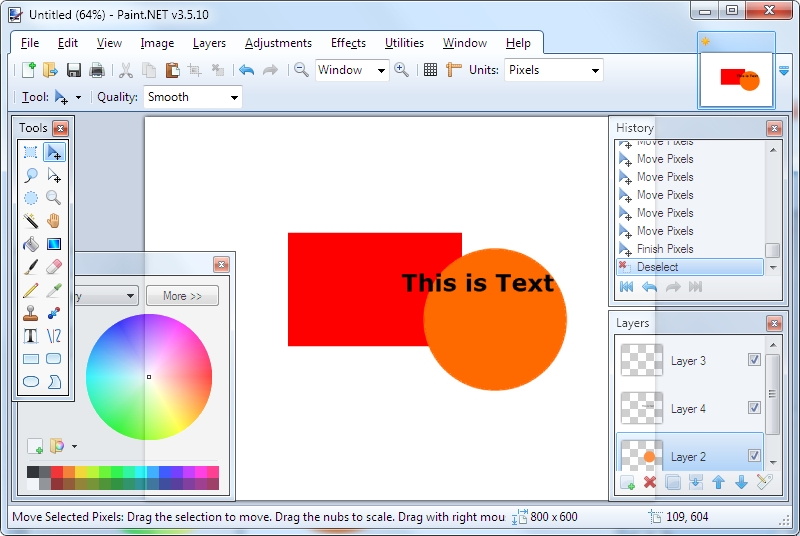 For photo touchup, Paint.NET has virtually anything that you need. There are various select tools to allow you to select just the part of the photo that you want to edit or you can use no selection and edit all parts of the photo at once. The 'curves' tool is very useful if you have a photo that's slightly over or under exposed.
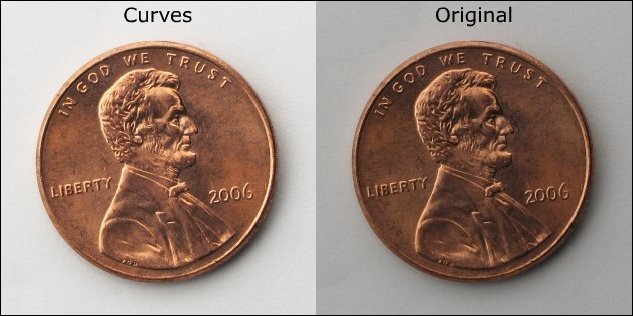
Bitmap Editor vs Vector Editor:
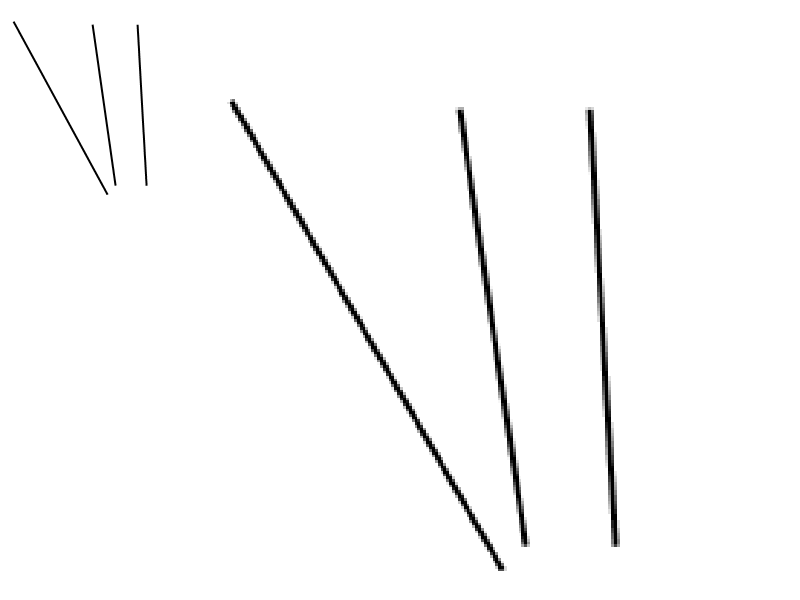 The image below was created with a vector editor. You can see how the line quality remained the same for both groups. Vector images are typically infinitely scalable. That means that you could draw it to make it fit on your computer screen and then blow it up to fit on a billboard and the quality would remain the same.
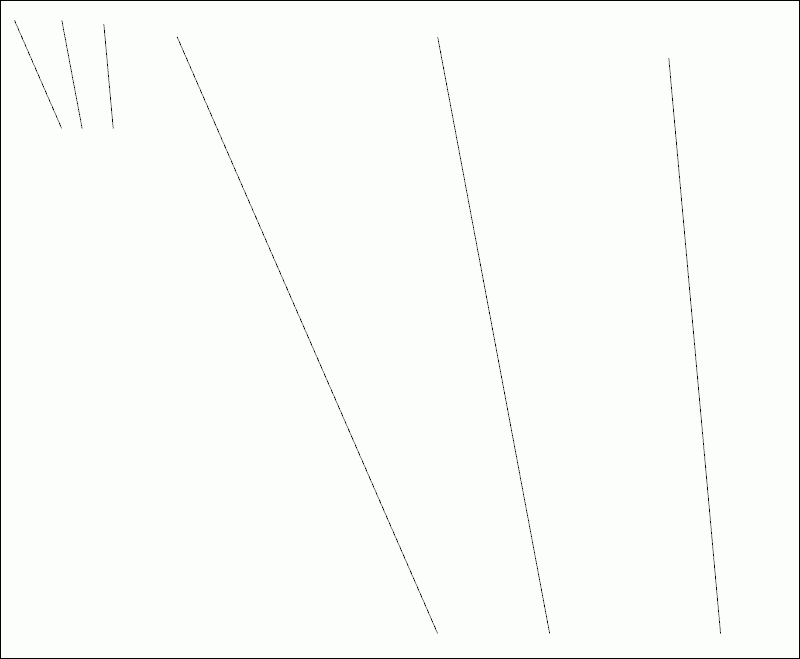 There are quite a few vector graphics editors. Many are free. Inkscape seems to be the most popular. I began using Macromedia Flash (v5.0) about 10 years ago and like it better than any of the free 2D vector graphics editors. You can still find it for sale on eBay. If you can find it for less than $50, it's a good deal in my opinion.
Google Sketchup:
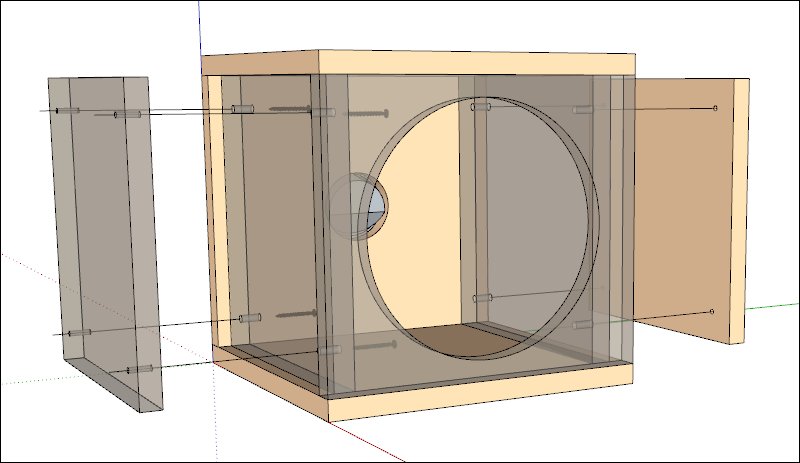 With a 3D application like Sketchup, you can build things in the virtual world before you build the real thing. For example, if you were going to build a set of shelves, you could confirm the dimensions for all of the various pieces. If you had a dimension wrong, you could see it and make the correction before cutting any materials. When you're building something simple, it's easy to get all of the cuts and hole locations correct. When building something a bit more complex, it's easy to make mistakes. Below is a heavy shelf that I built. THIS is the Sketchup file.
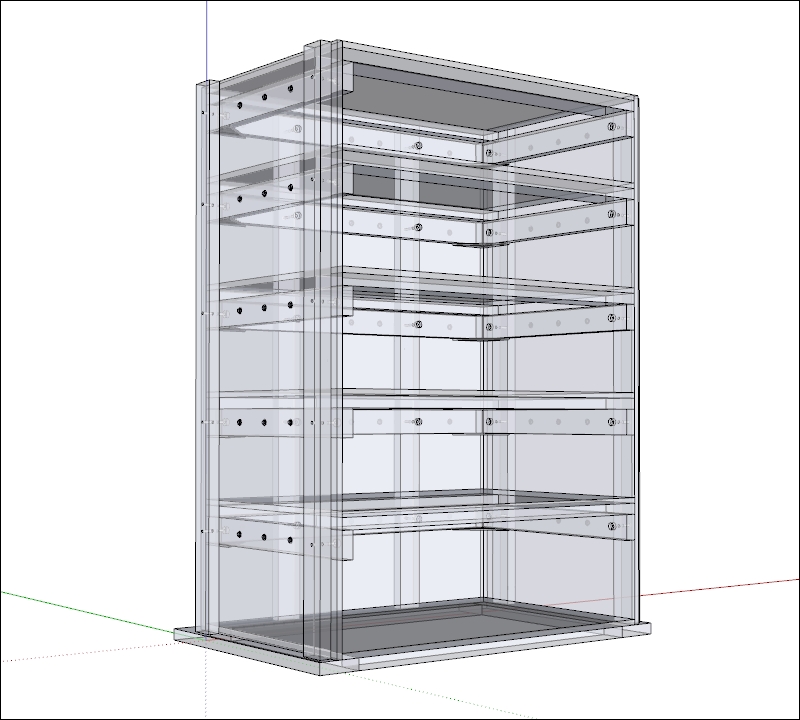 If you don't need a 3D program, you can use Sketchup in 2D. The following image shows a simple drawing in 2D format.
 For more information on this program, visit the Sketchup Basics page in the directory of this site.
|
|
|
|